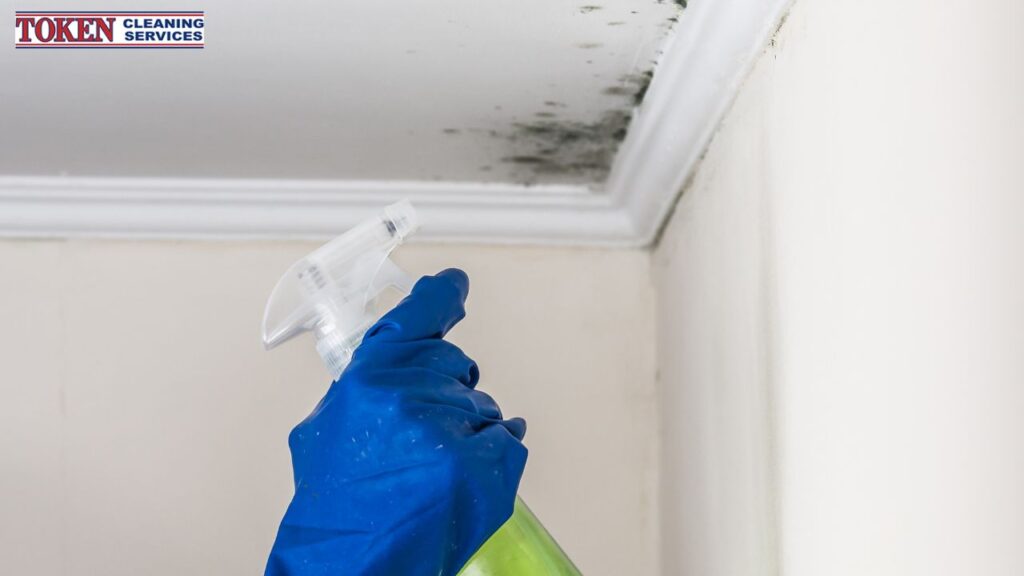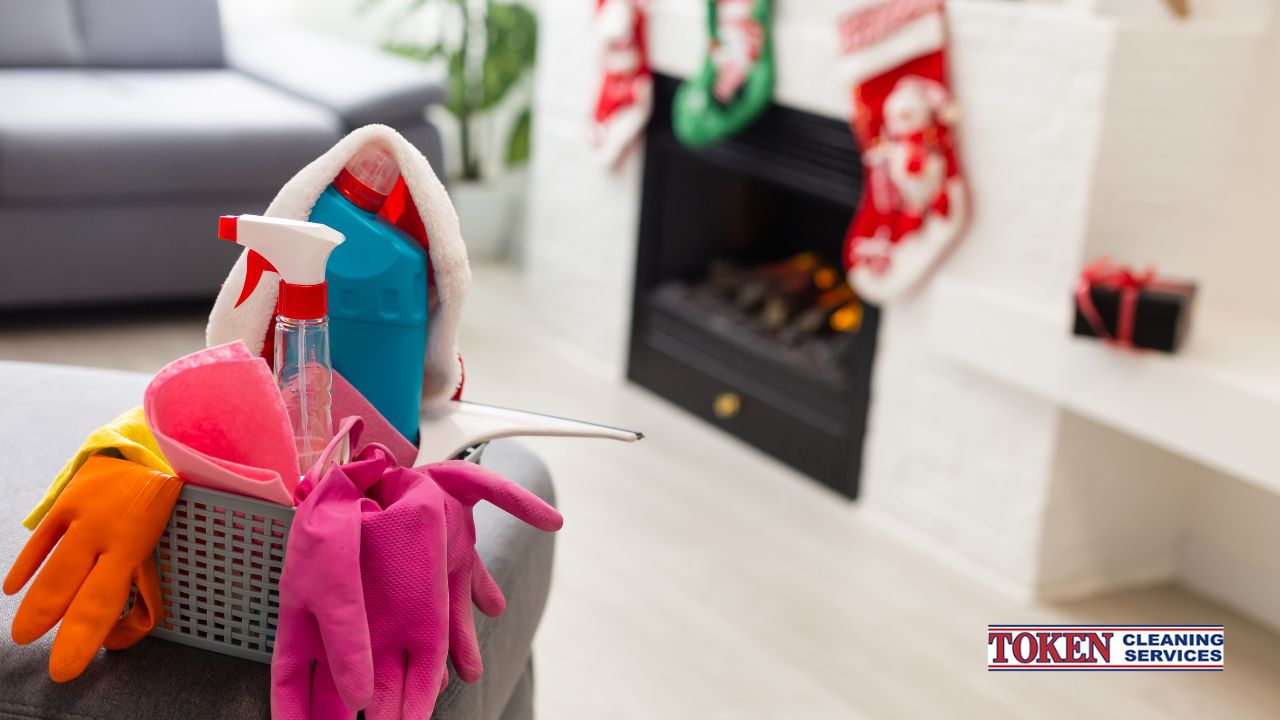Mould. Just the word can send shivers down a homeowner’s spine. It’s unsightly, often smells musty, and can pose significant health risks. From persistent coughs to aggravated allergies, mould can turn your comfortable home into an unhealthy environment. But here’s the good news: mould prevention is largely achievable. This ultimate guide will walk you through everything you need to know about stopping mould in its tracks, ensuring your home remains a healthy and pleasant space.

What Exactly is Mould and Why is it a Problem?
Before we dive into prevention, let’s understand our adversary. Mould is a type of fungus that grows in damp, warm, and humid conditions. It reproduces by releasing tiny spores into the air, which are invisible to the naked eye. These spores are everywhere, both indoors and outdoors. When they land on a damp surface with a food source (like wood, fabric, plasterboard, or even dust), they can begin to grow and form a colony.
The problems with mould extend beyond aesthetics:
- Health Risks: Exposure to mould can cause a range of health issues. Common symptoms include sneezing, runny nose, red eyes, skin rash, and a stuffy nose. For individuals with asthma or allergies, mould can trigger more severe reactions, including wheezing, shortness of breath, and asthma attacks. Prolonged exposure can even lead to more serious respiratory problems.
- Structural Damage: Mould isn’t just on the surface; it actively breaks down organic matter. This means it can slowly but surely damage the materials it grows on, leading to weakened timber, crumbling plaster, and deteriorating fabrics.
- Unpleasant Odours: That distinct, musty smell in a damp room is often a tell-tale sign of mould growth.
The Golden Rule of Mould Prevention: Control Moisture
Mould cannot grow without moisture. Therefore, the most critical step in mould prevention is to control dampness and humidity in your home. This means being vigilant about leaks, condensation, and general humidity levels.
Where Does Moisture Come From? Common Culprits:
Condensation: This is perhaps the most common cause of mould indoors. It occurs when warm, moist air comes into contact with a cooler surface (like windows, cold walls, or uninsulated pipes). Think of the steam from your shower or cooking hitting a cold windowpane.
Leaks: Leaky roofs, faulty plumbing, overflowing gutters, or cracks in foundations can all introduce water into your home. Even small, slow leaks can create enough moisture for mould to thrive.
High Humidity: Activities like showering, cooking, drying clothes indoors, and even breathing contribute to indoor humidity. If not properly ventilated, this humidity can build up.
Flooding: Past floods, even if seemingly dried out, can leave residual moisture deep within building materials, creating a perfect breeding ground for mould.
Poor Ventilation: A lack of air circulation traps moisture, making areas prone to condensation and mould growth.
Rising Damp: Moisture from the ground rising through walls is a less common but serious issue, typically affecting older properties.
Your Ultimate Mould Prevention Checklist: Practical Steps for Every Homeowner
Now that we understand the enemy, let’s arm ourselves with preventative measures. Implementing these tips will significantly reduce your risk of mould.
1. Tackle Condensation Head-On:
- Ventilate, Ventilate, Ventilate: This is paramount. Open windows for at least 10-15 minutes daily, even in winter, to allow moist air to escape. Use extractor fans in bathrooms and kitchens. Run them during and after showering or cooking for at least 20 minutes.
- Close Doors: Keep bathroom and kitchen doors closed while showering or cooking to contain moisture.
- Dry Clothes Outdoors: If possible, dry laundry outside. If you must dry indoors, do so in a well-ventilated room with a window open or a dehumidifier running. Avoid drying clothes directly on radiators as this adds a huge amount of moisture to the air.
- Keep Rooms Warm: Maintain a consistent, comfortable temperature throughout your home. Cold walls are prime spots for condensation. Avoid drastic temperature drops in rooms you don’t frequently use.
- Avoid Overcrowding: Too much furniture against external walls can reduce air circulation and create cold spots prone to condensation.
2. Address Leaks Immediately:
- Regular Inspections: Periodically check roofs, lofts, basements, and under sinks for any signs of water stains or drips.
- Gutter Maintenance: Keep gutters clear of leaves and debris. Blocked gutters can overflow, sending water down your exterior walls and into your foundations. Our drain cleaning service can ensure your gutters are free-flowing and effectively diverting water away from your home.
- Pipe and Appliance Checks: Inspect plumbing for leaks, especially around washing machines, dishwashers, and refrigerators.
- Exterior Walls: Look for cracks in external walls or around window frames that could allow water ingress. Our window cleaning service can also include inspection for seal integrity around your windows, identifying potential water entry points.
3. Manage Humidity Levels:
- Dehumidifiers: For persistently damp areas (like basements or rooms with poor ventilation), a dehumidifier can be an excellent investment to control humidity. Aim for indoor humidity levels between 30% and 50%.
- Houseplants: While some houseplants can help with air quality, be mindful of overwatering them, as this can add moisture to the air.
4. Keep Your Home Clean and Dry:
- Wipe Down Surfaces: Regularly wipe down condensation from windows and cold surfaces.
- Clean Up Spills: Address spills and leaks immediately and thoroughly dry the area.
- Regular Cleaning: Dusting and vacuuming reduce the “food source” for mould spores.
- Professional Cleaning for Key Areas:
- Carpet Cleaning: Carpets can hold significant moisture and allergens. Regular professional carpet cleaning, including hot water extraction or steam cleaning, removes deeply embedded moisture, dirt, and mould spores, preventing future growth. This is a powerful mould prevention measure.
- Upholstery Cleaning: Similar to carpets, upholstered furniture can harbour moisture and mould. Professional cleaning helps here too.
- Tile Grout Cleaning: Grout in bathrooms and kitchens is highly porous and prone to mould. Thorough cleaning and sealing can prevent mould from taking hold.
- Roof Cleaning: Moss and algae on your roof can trap moisture, leading to dampness and potential mould issues in your loft or even within your walls. Our roof cleaning service removes these growths, protecting your home.
- Patio Cleaning: Mould and algae on your patio can be unsightly and slippery, but they can also track spores into your home. Patio cleaning with pressure washing keeps these outdoor areas clean and reduces indoor contamination.
5. Improve Air Circulation:
- Rearrange Furniture: Pull furniture slightly away from external walls to allow air to circulate.
- Open Internal Doors: Keep internal doors open when practical to promote airflow between rooms.
- Consider Extractor Fans: Ensure existing extractor fans are powerful enough and regularly cleaned (you might even need to consider installing more in high-moisture areas).
When to Call the Professionals: Token Cleaning Services to the Rescue
While these preventative measures are highly effective, sometimes mould can already be present, or you might need help with the deeper cleaning that truly prevents it. This is where Token Cleaning Services comes in.
We don’t just clean surfaces; we offer specialised services that are crucial for long-term mould prevention and removal:
- Steam Cleaning: Ideal for sanitising and deep cleaning various surfaces, effectively killing mould spores and bacteria with high heat and minimal moisture. This is key for mould prevention in bathrooms and kitchens.
- Pressure Washing: Perfect for exterior surfaces like driveways, pathways, and patios. Our patio cleaning and roof cleaning services use pressure washing to remove moss, algae, and grime that contribute to dampness and can harbour mould spores, preventing them from spreading indoors.
- Window Cleaning: Beyond just aesthetics, clean windows allow more sunlight in (natural mould inhibitor) and our technicians can spot potential seal issues that lead to moisture ingress.
- Carpet Cleaning: As mentioned, deep professional carpet cleaning is vital for extracting moisture, allergens, and mould spores from deep within the fibres. This is a non-negotiable for serious mould prevention.
- Drain Cleaning: Clear gutters and drains are essential for water management around your property. Our service ensures water flows away from your foundations, a key step in preventing damp.
By choosing Token Cleaning, you’re not just getting a spotless home; you’re investing in its long-term health and your family’s well-being. Our expert team uses professional-grade equipment and effective, safe solutions to ensure your home is thoroughly cleaned and protected against future mould growth.
Conclusion
Mould prevention at home is an ongoing effort, not a one-time task. By understanding the causes of mould and consistently implementing moisture control strategies, you can significantly reduce its presence. Regular ventilation, prompt leak repairs, and proactive cleaning habits are your best defence. For those tough-to-tackle areas and a professional-grade clean that truly safeguards your home, remember that Token Cleaning Services is here to help. Take control of your home’s health today and enjoy a clean, fresh, and mould-free living environment.














